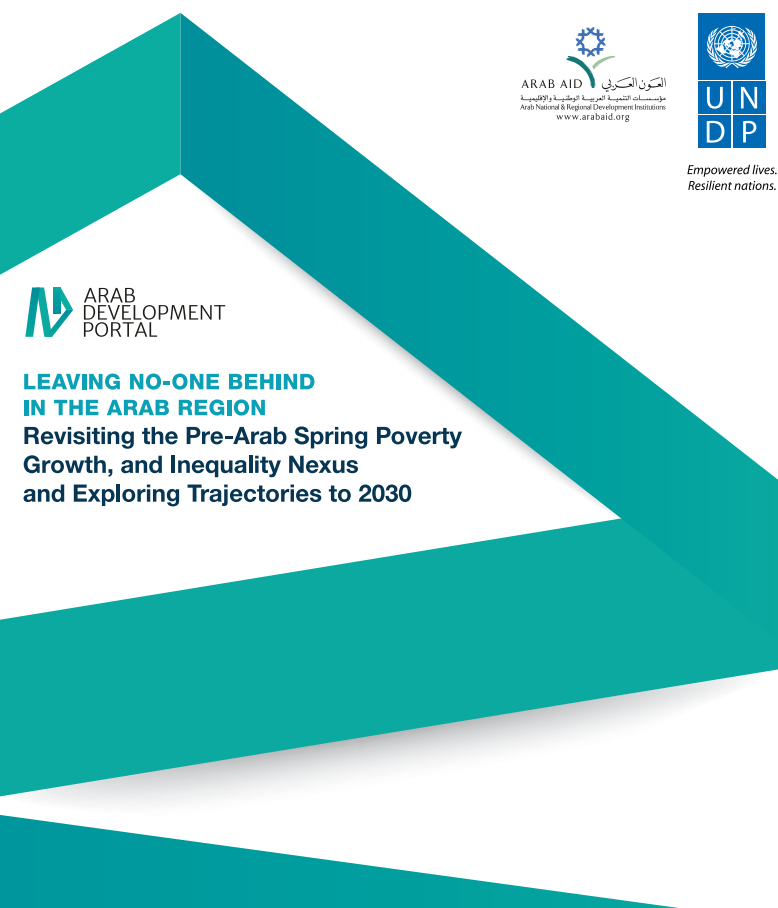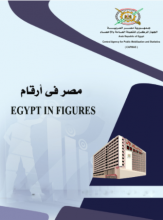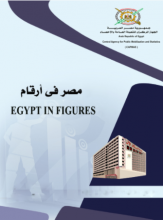Poverty

This paper contributes to the poverty and inequality literature in the Arab region in five main directions. Firstly, it offers the first region-wide shared prosperity simulations through 2030 in the context of the 2030 Agenda and the SDGs, with, in particular, innovative simulations covering poverty outcomes at National Poverty Lines on top of extreme poverty projections. Secondly, it selectively disseminates the first calculations of absolute inequality developments in the region in the 1990s and 2000s, comparing these calculations to relative inequality and reflecting on their links with poverty and household consumption developments. Importantly, it offers the first region-wide use of innovative relative and absolute inequality measures recently introduced in the literature. Thirdly, it presents the results of selected growth inclusiveness counterfactuals for selected Arab countries thus giving a quantitative sense of the missed poverty reduction and inequality opportunities that non-pro poor policies in the 1990s and 2000s led to. Fourthly, throughout the document, this work gives a first region-wide attention in the literature to the very bottom of the consumption distribution. Finally, it offers a first reflection on possible tradeoffs between the poverty and relative inequality targets in the context of the Arab region.
Related Topics
-
Egypt in Figures - Population 2022
2022"Egypt in Figures" is a booklet issued each year by the Central Agency for Public Mobilization and Statistics (CAPMAS). It contains the most...Read More -
Egypt in Figures - Education 2022
2022"Egypt in Figures" is a booklet issued each year by the Central Agency for Public Mobilization and Statistics (CAPMAS). It contains the most...Read More -
Egypt in Figures - Economy 2022
2022"Egypt in Figures" is a booklet issued each year by the Central Agency for Public Mobilization and Statistics (CAPMAS). It contains the most...Read More


